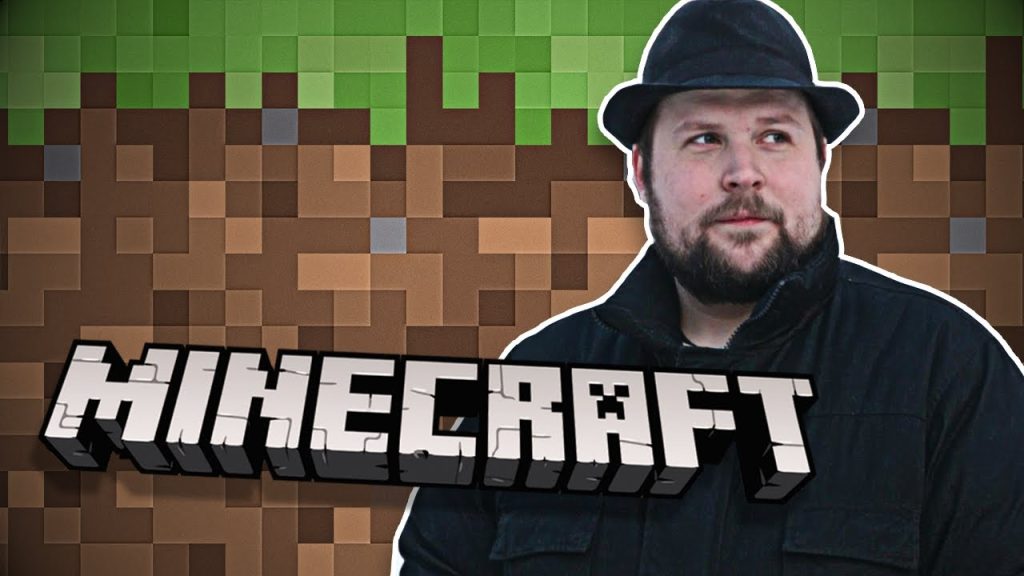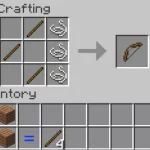Minecraft, the iconic sandbox video game that has captured the hearts and imaginations of millions around the world, was created by a Swedish programmer named Markus Persson, also known by his online alias “Notch.” Born on June 1, 1979, in Stockholm, Sweden, Persson developed an early passion for programming and computer graphics.
In May 2009, Notch started working on Minecraft as a personal project, drawing inspiration from games like Dwarf Fortress and Infiniminer. With a focus on open-world exploration, creativity, and survival, he set out to create a game that allowed players to shape and mold their own virtual environments.
Notch released an early alpha version of Minecraft to the public in May 2009, and its unique blend of block-based building and exploration quickly gained a dedicated following. As the game’s popularity grew, Persson founded Mojang Studios in 2010 and continued to refine and expand Minecraft alongside a team of developers.
The official release of Minecraft took place in November 2011, and it skyrocketed to unprecedented success, becoming one of the best-selling video games of all time. Notch’s creation has since been embraced by players of all ages, captivating them with its endless possibilities, from constructing elaborate structures to battling dangerous creatures in the game’s distinctive blocky world.

The Birth of Minecraft
The origins of Minecraft can be traced back to a Swedish programmer named Markus Persson, more commonly known as “Notch.” In 2009, Persson began working on a project inspired by games like Infiniminer and Dwarf Fortress. His vision was to create a game that allowed players to build and explore an infinite virtual world made up of blocks.
The initial version of Minecraft was released to the public in 2010 as an alpha version, allowing players to provide feedback and shape the game’s development. The simple yet addictive gameplay and the freedom to create and modify the game’s environment quickly garnered a passionate following.
Rapid Growth and Microsoft Acquisition
As Minecraft gained momentum, the indie game quickly became a sensation. It grew exponentially, attracting millions of players and achieving widespread critical acclaim. Notch, alongside a small team at Mojang Studios, continued to refine and expand upon the game’s features, introducing updates that further enhanced the immersive experience.
In 2014, Microsoft recognized the immense potential of Minecraft and made a staggering $2.5 billion acquisition of Mojang Studios. This acquisition marked a significant milestone in the game’s history, as it enabled further development resources and opened doors to new platforms and opportunities.
Minecraft’s Impact and Cultural Phenomenon
Minecraft’s influence on popular culture cannot be overstated. Beyond its sheer popularity, the game has permeated various aspects of society, from educational institutions to virtual concerts. Its open-ended nature has led to countless creative projects, such as elaborate constructions, recreations of real-world landmarks, and even functioning electronic devices within the game.
Minecraft has also made significant contributions to the education sector, with educators leveraging its block-based building mechanics to teach various subjects, including math, history, and computer science. Its ability to foster collaboration and creativity has made it a valuable tool for teachers and students alike.
Conclusion
Minecraft’s journey, from its humble beginnings to its current status as a cultural phenomenon, is a testament to the power of innovation, creativity, and community. Markus Persson’s vision, combined with the passionate support of players and the resources provided by Microsoft, has transformed Minecraft into one of the most influential games of all time.
The game’s impact extends far beyond the virtual world, inspiring countless individuals to unleash their imagination and push the boundaries of what is possible. Minecraft’s unique blend of exploration, creativity, and community-building has made it a game that transcends age, gender, and cultural barriers.




![Shadow Fight Shades MOD APK[Unlimited Gems, God Mode]v1.3.2](https://apkshub.in/wp-content/uploads/2024/04/Shadow-Fight-Shades-MOD-APKUnlimited-Gems-God-Modev1.3.2-1-75x75.webp)










